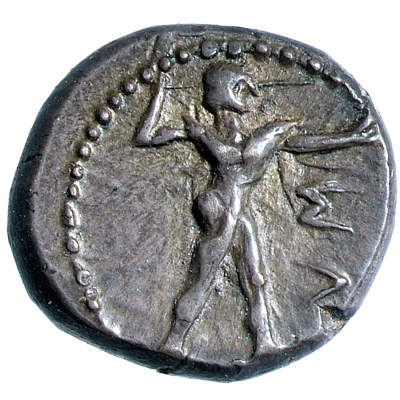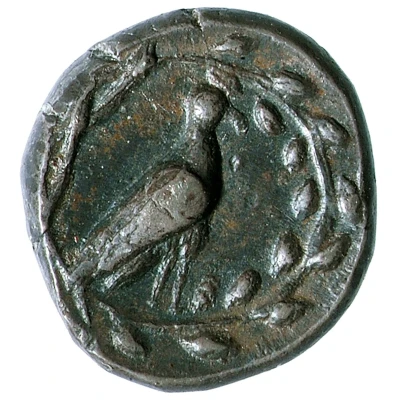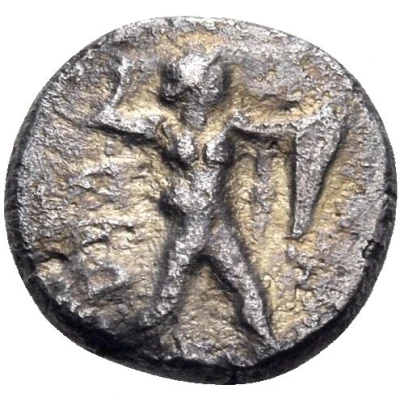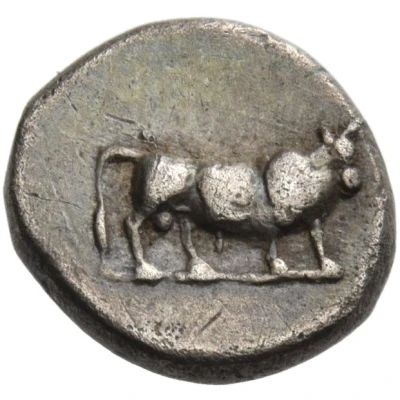
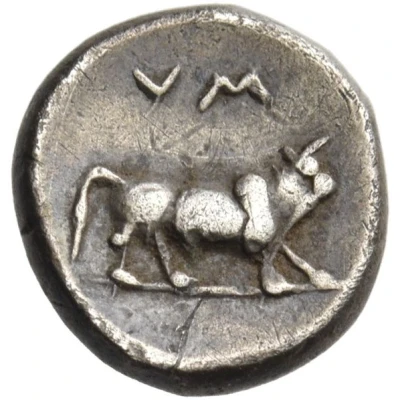

© Nomos AG
Triobol 453 BC - 448 BC
| Silver | 1.29 g | 10 mm |
| Issuer | Sybaris (Lucania) |
|---|---|
| Type | Standard circulation coin |
| Years | 453 BC - 448 BC |
| Value | Triobol (½) |
| Currency | Achaean drachm |
| Composition | Silver |
| Weight | 1.29 g |
| Diameter | 10 mm |
| Shape | Round (irregular) |
| Technique | Hammered |
| Orientation | Variable alignment ↺ |
| Demonetized | Yes |
| Updated | 2024-10-10 |
| Numista | N#396275 |
|---|---|
| Rarity index | 100% |
Reverse
Bull walking to right.
Script: Greek
Lettering: VM
Interesting fact
The Triobol coin was used as a form of currency in the ancient Greek city of Sybaris, located in present-day southern Italy. It was made of silver and weighed approximately 1.29 grams. Despite its small size, the Triobol was an important coin in its time and was used for everyday transactions. Its design featured the head of the nymph Amphitrite on one side and a dolphin on the other, symbolizing the city's connection to the sea. The Triobol was also used as a form of art, with its intricate designs and engravings showcasing the skill of the ancient Greek craftsmen who created it. Today, the Triobol is a rare and valuable collector's item, providing a glimpse into the economic and cultural practices of ancient Greece.
